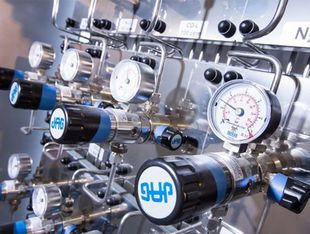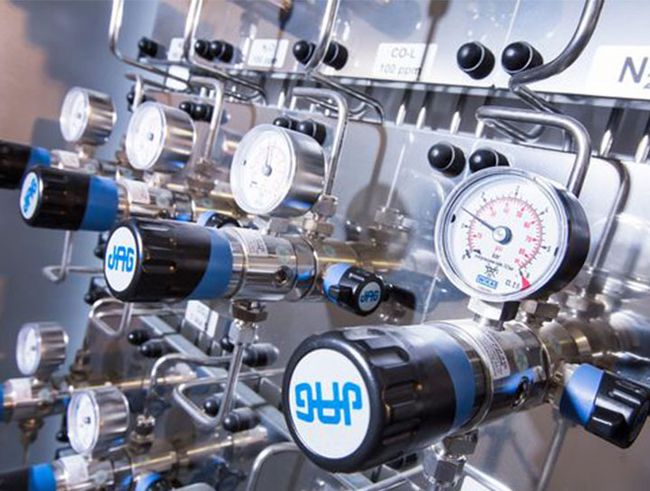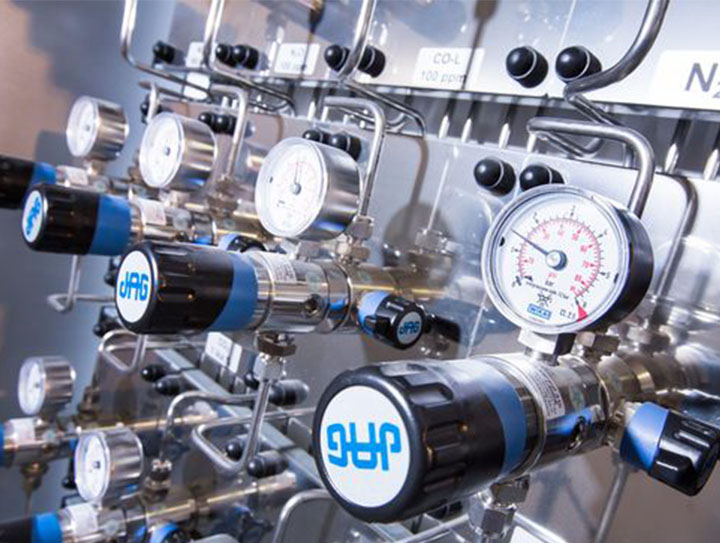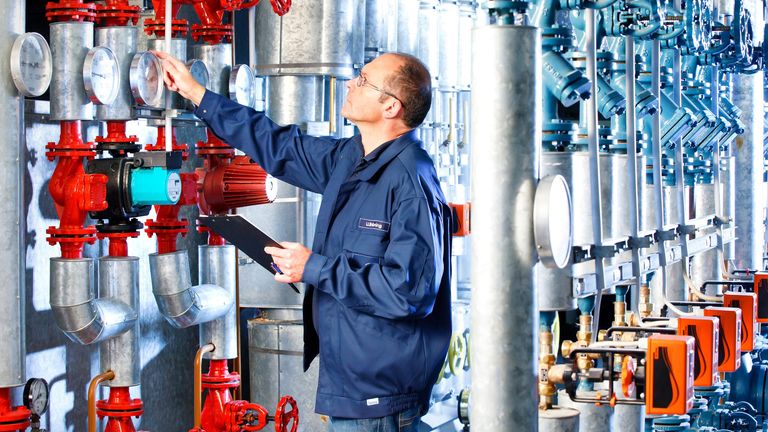



With the current amendment to the Energy Services Act (Energiedienstleistungsgesetz - "EDL-G"), which entails the implementation of Article 8 of the EU Energy Efficiency Directive (2012/27/EU ) into national law, the Federal Government can look to an important instrument for increasing energy efficiency within enterprises, and which is based on the current National Energy Action Plan (NAPE). Alongside the expansion of renewable energies, it is energy efficiency that forms the second pillar of the energy revolution. The aim is to reduce primary energy consumption by 20 percent by 2020 and to halve it by 2050, in comparison to the figures for 2008. With the introduction of the NAPE, the Federal Government is now initiating a strategy by which to achieve this goal.
How do enterprises benefit from having an energy audit?
The energy audit pursuant to DIN EN 16247-1 is a significant step for an organization of whatever size or type, wishing to improve its energy efficiency, reduce its energy consumption, and thereby achieving cost savings.
Because small and medium-sized enterprises (SMEs), in particular, could be faced with a large economic investment with the introduction and operation of a certified energy management system, the competent German body (the Energy efficiency and Energy management working committee) has issued an accredited set of standards. The energy audit pursuant to DIN EN 16247-1 is therefore a sub-section of a general standard, which sets out the general requirements for an energy audit process. On this basis, companies can document their energy-related performance, using this to derive specific measures for increases in efficiency.
How is an energy audit of this kind actually conducted?
Based on the analysis of the current energy efficiency status and taking into account the operating parameters, in collaboration with TÜV NORD's energy efficiency experts, you will develop specific ideas for the improvement of energy efficiency within your technical processes and systems. During the energy audit process, you will receive independent optimisation proposals including a feasibility study on sustainable efficiency increases as well as a detailed final report.
We can also guide you through the planning and implementation of the technical optimisation measures.
Sequence for performing an energy audit according to DIN EN 16247-1
- Initial contact - define requirements and expectations regarding the energy audit
- Definition of application area and system boundaries
- Kick-off meeting – observe information layer
- Data collection on individual and all energy-related processes within the entire enterprise
- Macro and micro-analysis including a detailed analysis
- Final Report
This energy audit also constitutes a prerequisite for companies to continue benefiting from the tax relief pursuant to Section 10 StromStG (tax capping) and for meeting the binding obligation for non-SMEs in accordance with the applicable Energy Services Act ("EDL-G") up to 5 December 2015, while simultaneously and systematically reducing energy costs.
The energy efficiency experts of TÜV NORD will assist you in the preparation and practical implementation of the energy audit pursuant to DIN EN 16247-1.

